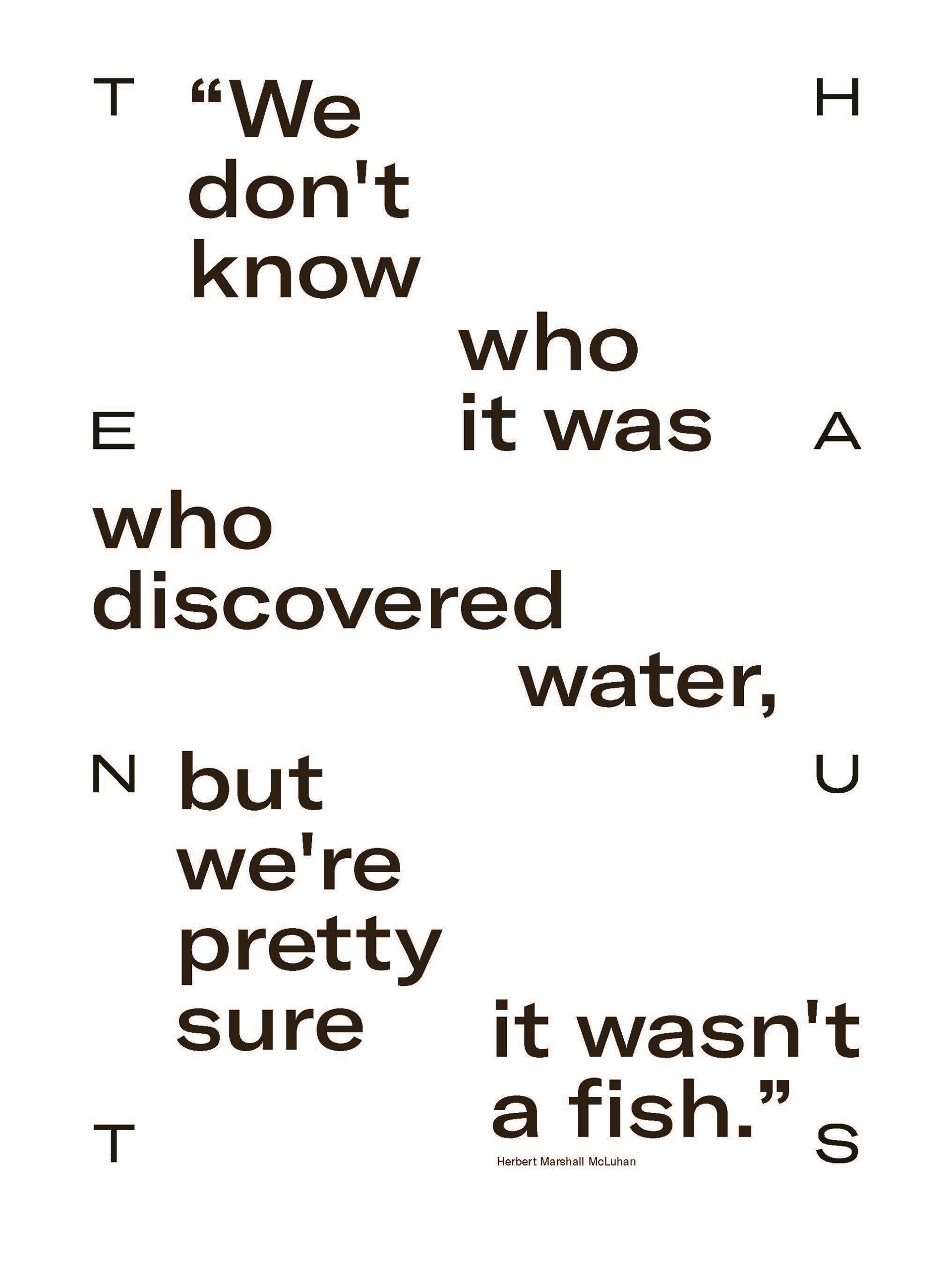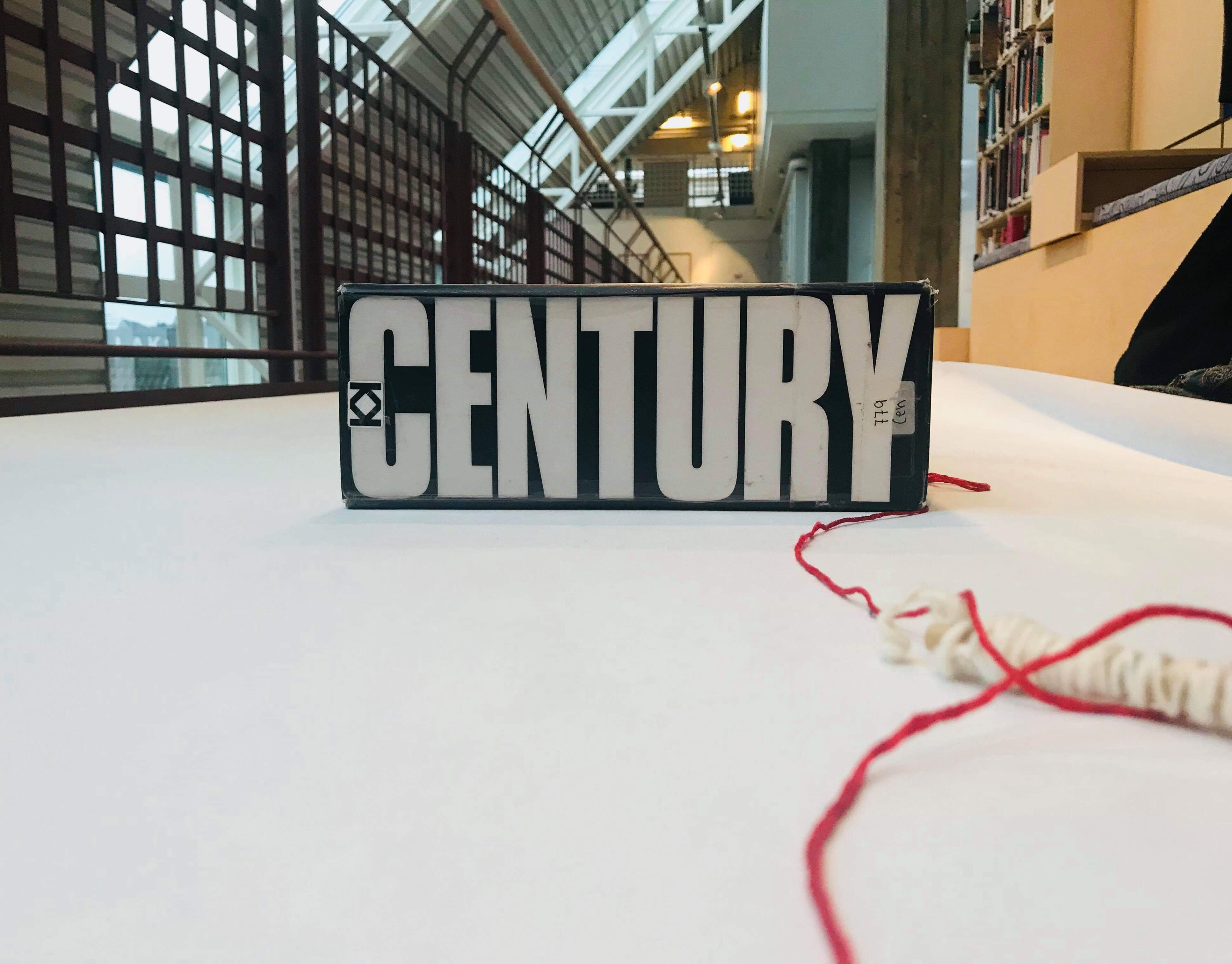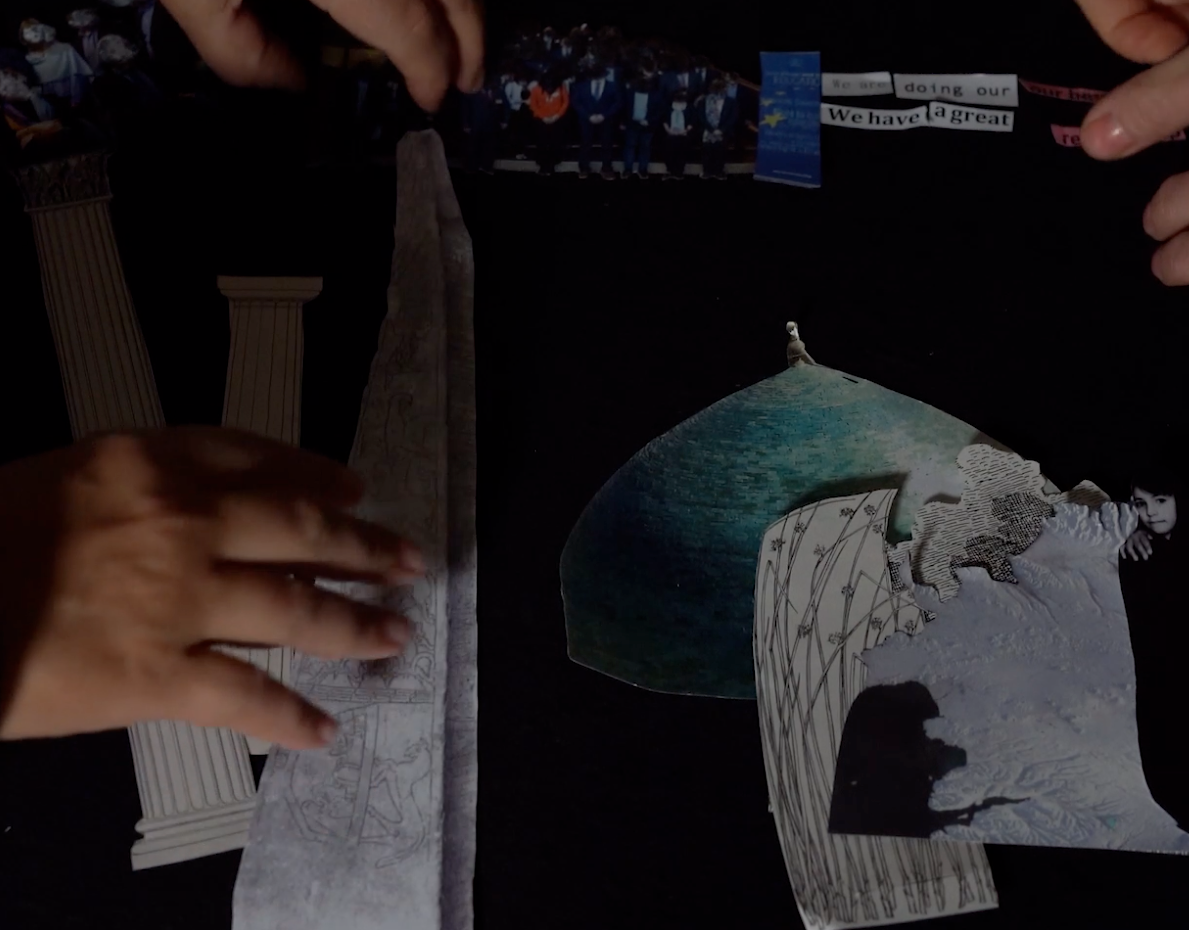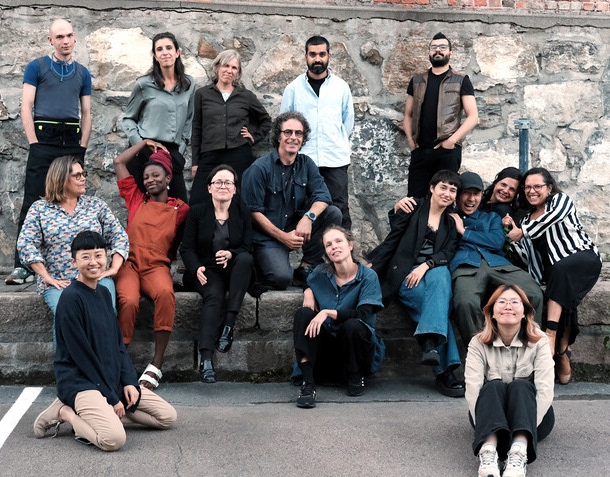My collective preference grows out of the context of socially engaged art practices and has been developed through my on-going research processes with Tenthaus Collective, Germain Ngoma, and more recently Solmaz Collective and the Stitch Sisters. In my PhD thesis I look at the way in which participation and collective work affect my own practice.Working collectively or collaboratively is my prefered way of working although I still do individual works, mostly drawing, writing. For me, collectivity is all about energies attracting and drawing on each other, as the focus moves from one singular and particular idea, of what art is and how that individual intends the product to be read, to the possibility of what art can be and explore potentials for art making together.
What do I or any other person gain from collaboration or collectivity?
It allows my own idea of myself, that is who I am, at any given time, to be plastic, and porous. It gives me room to develop my understanding of art beyond a technical or skills based understanding.
The end result, a text, a curated exhibition, an art work spring from a collective body of knowledge rather than from any singular place, or it manifests as a singular product that encompasses a plurality of being.
While each practitioner comes to collaborative work with a unique perspective, these individual creative choices, taken in the aggregate, reveal much about both the current political moment and the broader his-tory of modern art (Kester, G, 2011)
I understand collectivity is a disruptive aggregate engaged in its political positioning and the history making of the present. This disruption appears in the question of what an artist is and can be, both on an individual level and a social level. Collective artist practice confronts patterns of thought and embodied belief systems learnt in Eurocentric artist education that continually produces binary thinking. Rather than the "I" splitting from everybody/thing else as an object; collectivity strives to form a pluralist "we". Being together and joining others in creative processes, allows an unfolding of embodied knowledges and epistomologies to come together and influence a discussion which will ultimately become an expression of the collective as an entity. Thus collectivity CANNOT be broken down into units in which the individual member of any collective is spotlighted.
Collectivity materialises through the dialogue and making aspects of the projects, that is through discussions in which we, as a group, contextualise and conceptualise whilst we are open to each others´ ways of being, thinking and knowing. The collective always aims at a common goal while each member must keep that selfish construct named artistic or professional ego in check, as and when it arises. When that is addressed we have the possibility of dismantling it. This is an utopian idea of unlearning the restrictions of the up-bringing and education we carry with us. The development of ideas is shared as everyone freely contributes to the formation of something else/new. It recognises an equality and democratic levelling at all stages in the processes of exhibition making, text production and artistic research creation.
But in what ways can collectivity be seen as a method in itself? In Tenthaus´ collective writing piece in Death of the Curator - Oslo Kunsthall 2021, many different voices speak on the same subject from many different perspectives.Ongoing work with Tenthaus defines collectivity in a space of plurality where there is space for difference; that is a pluralist space. Thus, in this myriad of entanglements and thoughts on what collective practice can be; collective work is acknowledged whilst questioning the overarching academic and artist criteria of originality, content and form.
Collectivity is the prime feature of learning processes in which the expert is also learning from other experts as well as the non-expert. However, institutionally both art and academia are bound by the constraints of the individual, signature or expertise.
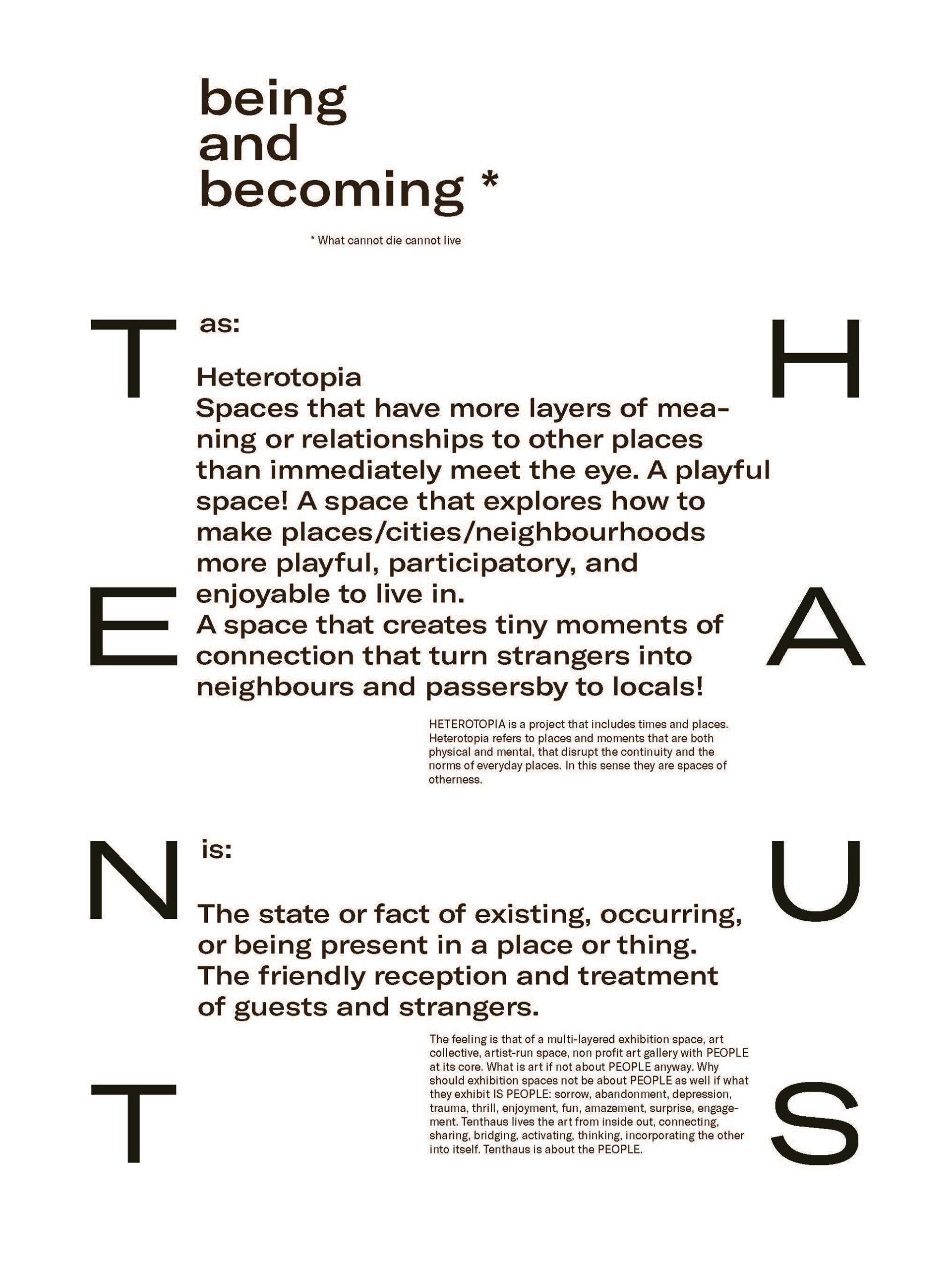
Insert - Tenthaus Collective 2021 in Death of the Curator, Oslo Kunsthall
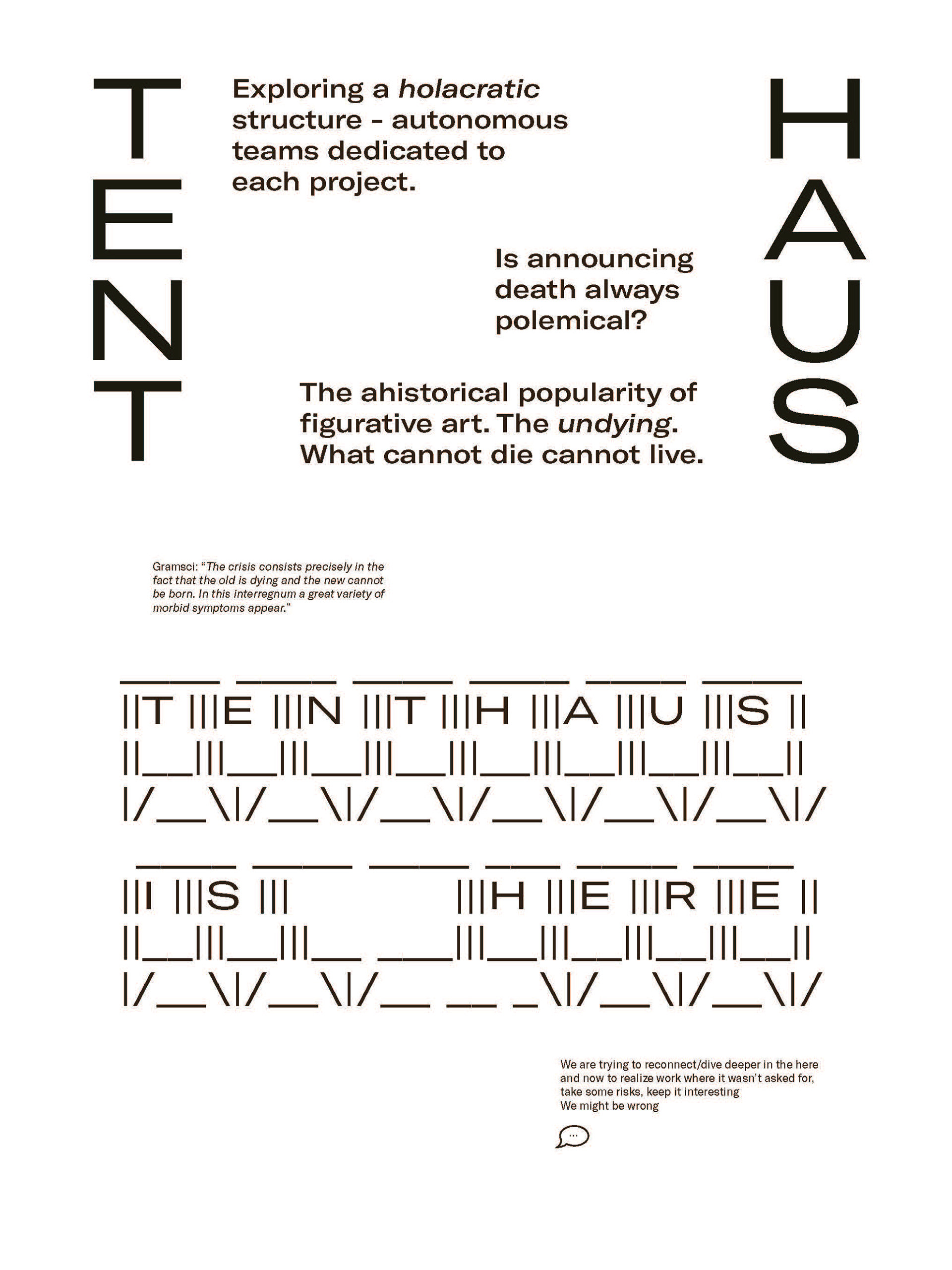
Insert - Tenthaus Collective 2021 in Death of the Curator, Oslo Kunsthall
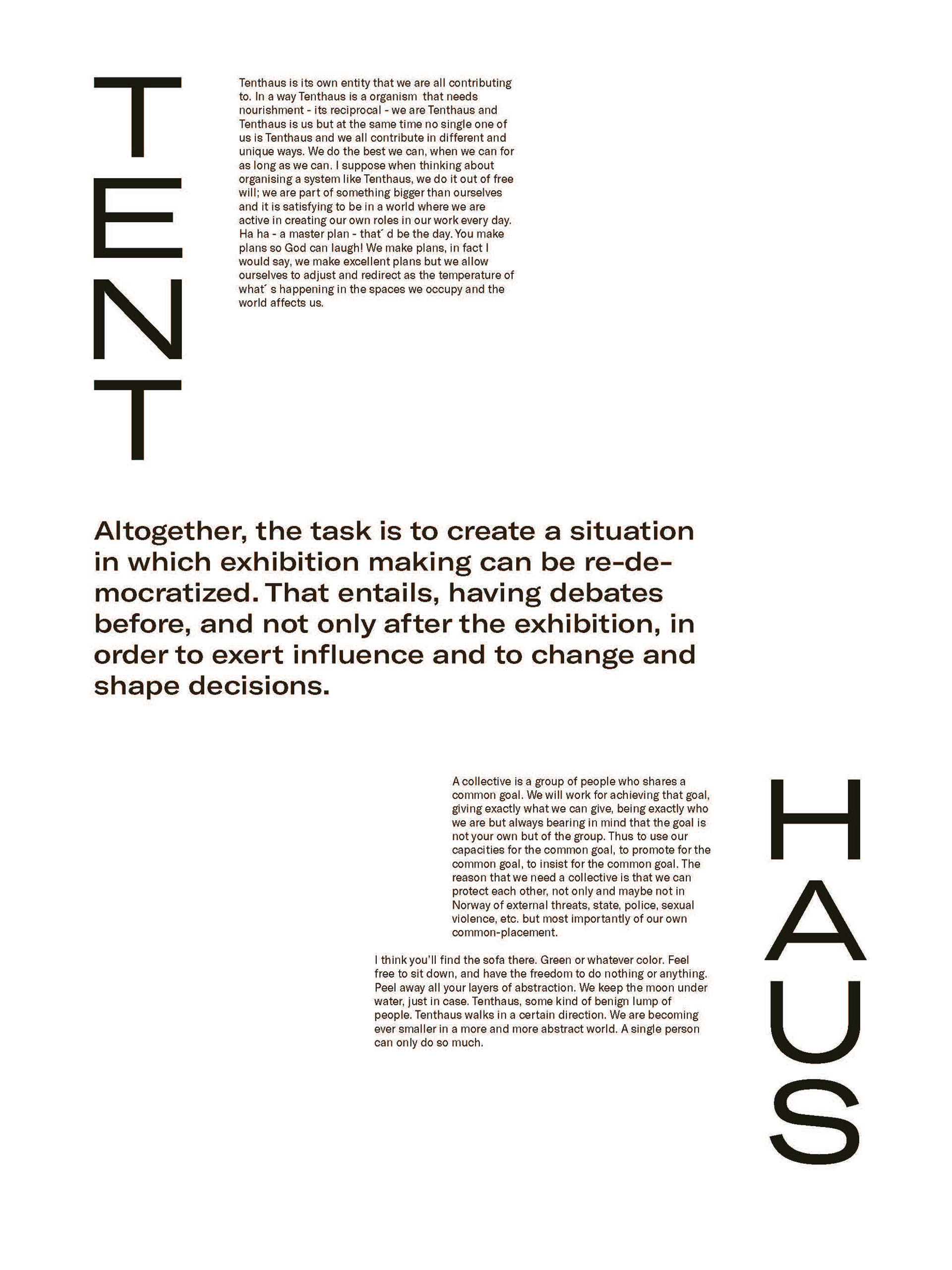
Insert - Tenthaus Collective 2021 in Death of the Curator, Oslo Kunsthall
